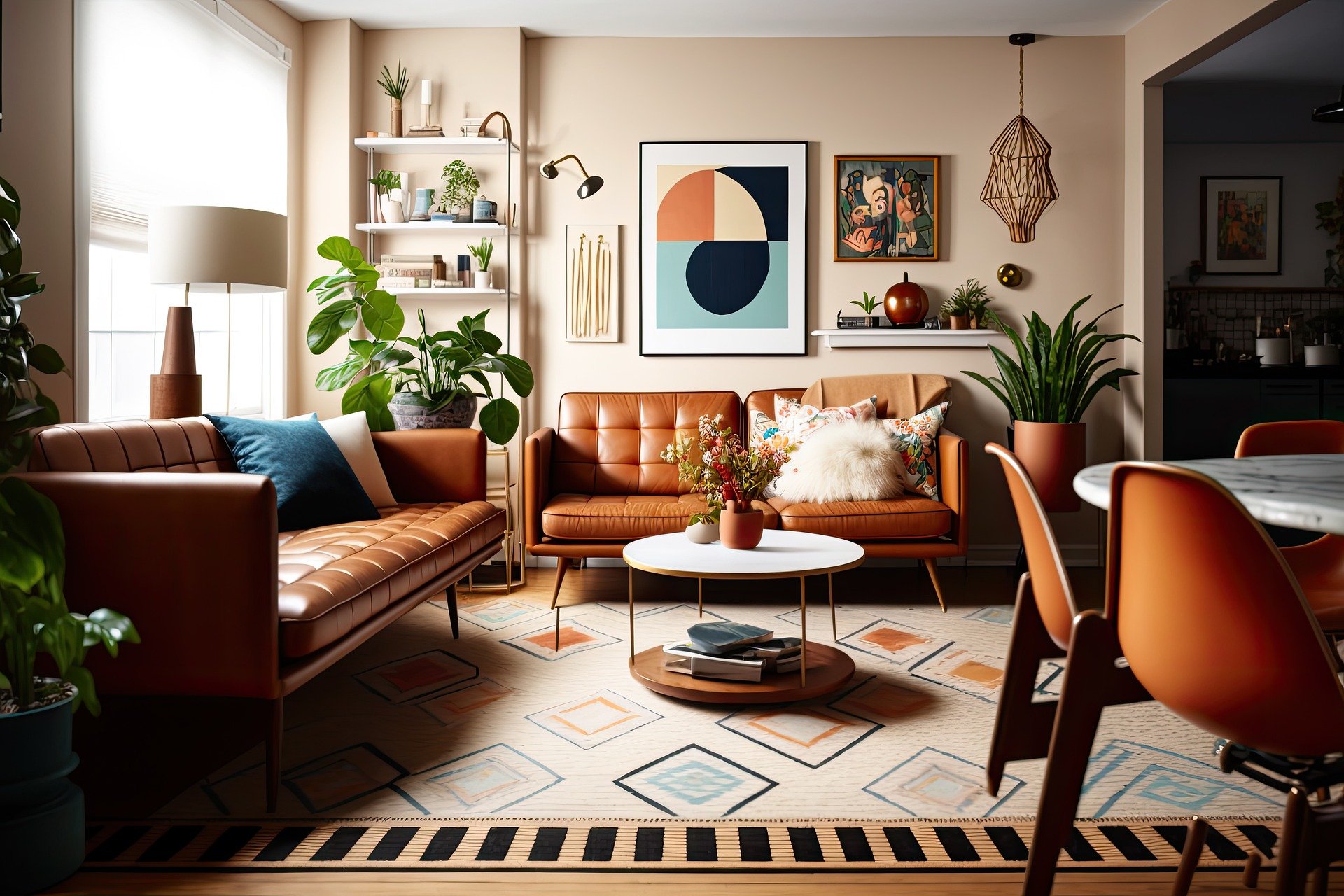The 2025 Guide to Living Room Trends: Why Modular Seating Is Replacing Sofas
A shift is taking place in living room design for 2025, and it’s changing the way people think about comfort and style at home. As traditional sofas take a step back, flexible seating like modular sectionals, ottomans, and floor cushions are gaining popularity for their adaptability to urban living, smaller spaces, and evolving lifestyle needs—explore how this new look is shaping modern interiors.

What is driving the shift towards modular living room furniture?
The rise of modular living room furniture is not just a passing trend but a response to evolving lifestyles and living situations. Urbanization has led to smaller living spaces, particularly in cities, where every square foot counts. Modular furniture offers the flexibility to adapt to these compact environments while maximizing functionality. Additionally, the increasing desire for personalization and the need for multifunctional spaces have fueled the demand for adaptable furniture solutions.
How does modular seating enhance living room versatility?
Modular seating systems consist of individual pieces that can be arranged and rearranged to suit various needs and occasions. This flexibility allows homeowners to easily transform their living rooms from intimate gathering spaces to larger entertainment areas. Unlike traditional sofas, modular pieces can be separated to create multiple seating arrangements or combined to form a cohesive unit. This adaptability is particularly valuable in homes where the living room serves multiple purposes, such as a workspace during the day and a relaxation area in the evening.
What are the most popular modern seating alternatives in 2025?
As we move further into 2025, several modern seating alternatives have gained popularity:
-
Modular sectionals: These customizable pieces allow for endless configuration possibilities.
-
Ottomans and poufs: Versatile seating options that double as footrests or side tables.
-
Floor cushions and bean bags: Casual seating that appeals to younger demographics and creates a relaxed atmosphere.
-
Convertible furniture: Pieces that transform from seating to beds or storage units.
-
Nesting furniture: Space-saving designs that can be expanded when needed.
These alternatives offer a blend of comfort, style, and functionality that traditional sofas often struggle to match.
How are sofa alternatives 2025 addressing sustainability concerns?
In 2025, sustainability is a key consideration for furniture manufacturers and consumers alike. Many sofa alternatives are designed with eco-friendly materials and production methods. Modular furniture, in particular, offers sustainability benefits through its adaptability and longevity. Instead of replacing an entire sofa when one part wears out or when needs change, individual modules can be replaced or reconfigured, reducing waste and extending the furniture’s lifespan.
What unique features are shaping furniture trends 2025?
The furniture trends of 2025 are characterized by innovation and technology integration. Smart furniture with built-in charging stations, adjustable lighting, and even voice-controlled features is becoming increasingly common. Modular seating often incorporates these technologies seamlessly, allowing for easy upgrades and customization. Additionally, materials that prioritize both comfort and durability, such as performance fabrics and eco-friendly alternatives to traditional foam, are gaining traction in the market.
How does modular seating impact living room design and space utilization?
Modular seating has revolutionized living room design by offering unprecedented flexibility in space utilization. Designers and homeowners can now create dynamic layouts that evolve with changing needs. This adaptability is particularly valuable in open-plan living areas, where modular pieces can be used to define zones without the need for permanent walls or fixtures. The ability to easily reconfigure seating arrangements also encourages creativity in interior design, allowing for frequent refreshes of the living space without the need for entirely new furniture.
| Modular Seating Option | Provider | Key Features | Cost Estimation |
|---|---|---|---|
| Configurable Sectional | Burrow | Modular design, built-in USB charger | $1,500 - $3,500 |
| Modular Sofa System | Lovesac | Changeable covers, lifetime warranty | $2,000 - $5,000+ |
| Customizable Lounger | Floyd | Easy assembly, sustainable materials | $1,200 - $2,500 |
| Modular Floor Cushions | Nugget | Kid-friendly, washable covers | $250 - $500 |
Prices, rates, or cost estimates mentioned in this article are based on the latest available information but may change over time. Independent research is advised before making financial decisions.
As we look ahead to the future of living room design, it’s clear that modular seating is more than just a trend—it’s a reflection of our evolving lifestyles and values. The shift from traditional sofas to more flexible, multifunctional alternatives speaks to a broader desire for adaptability, sustainability, and personalization in our living spaces. As urban living continues to evolve and technology becomes more integrated into our homes, we can expect modular living room furniture to play an increasingly important role in shaping the way we live, relax, and interact in our most personal spaces.




